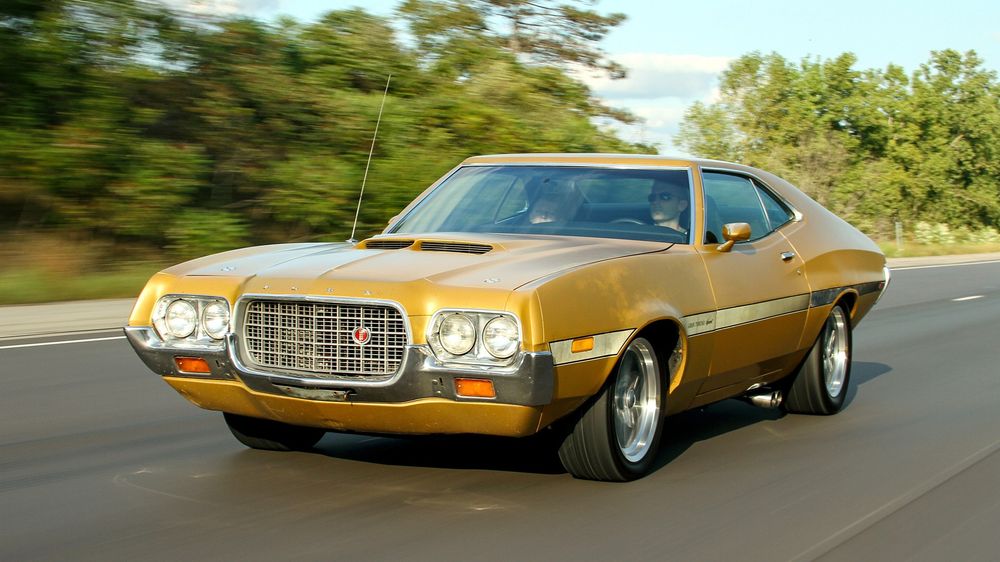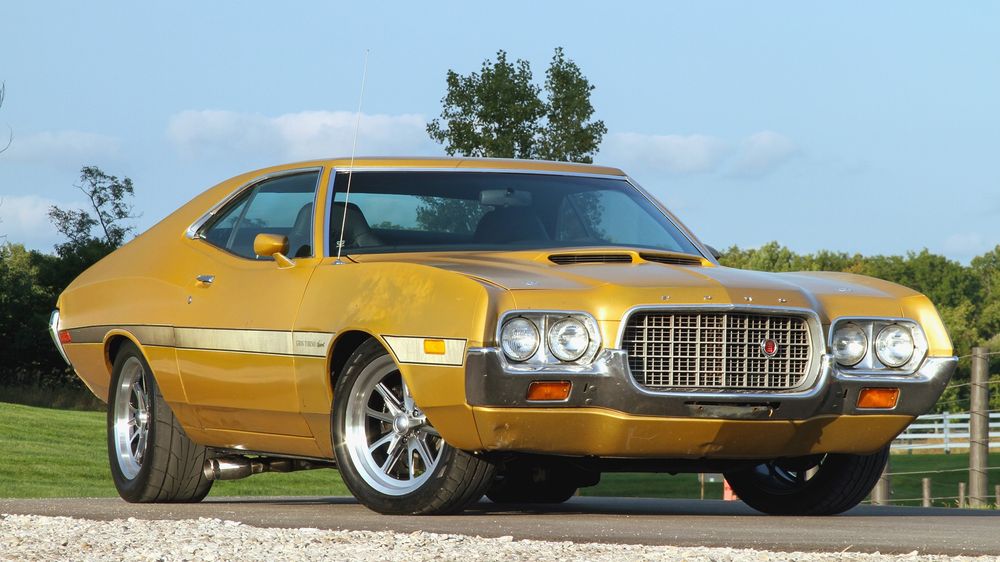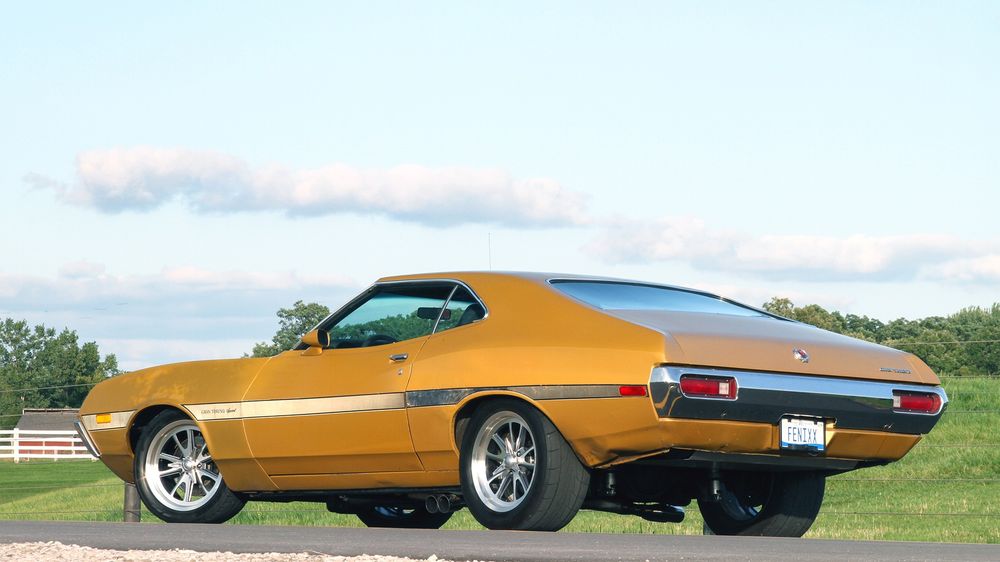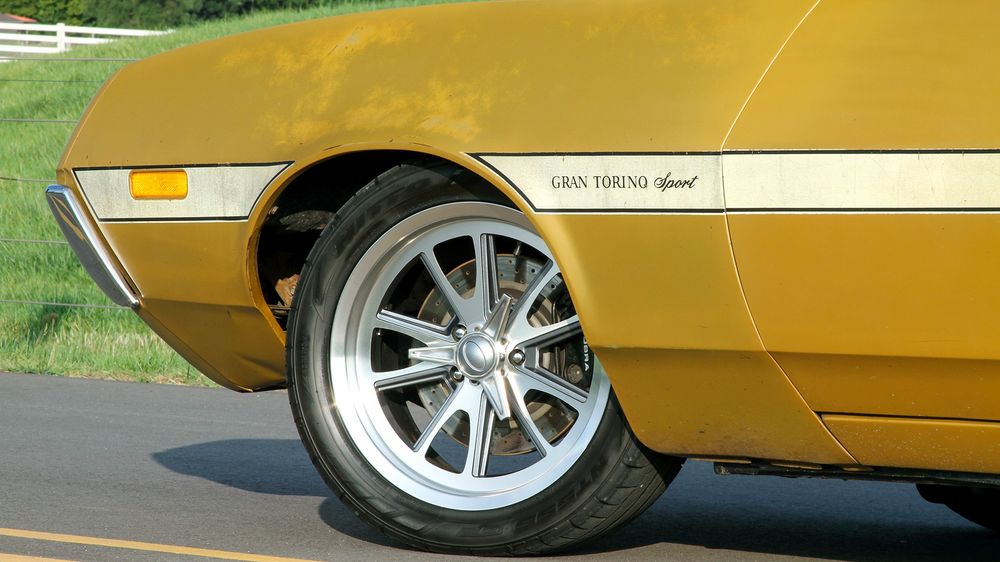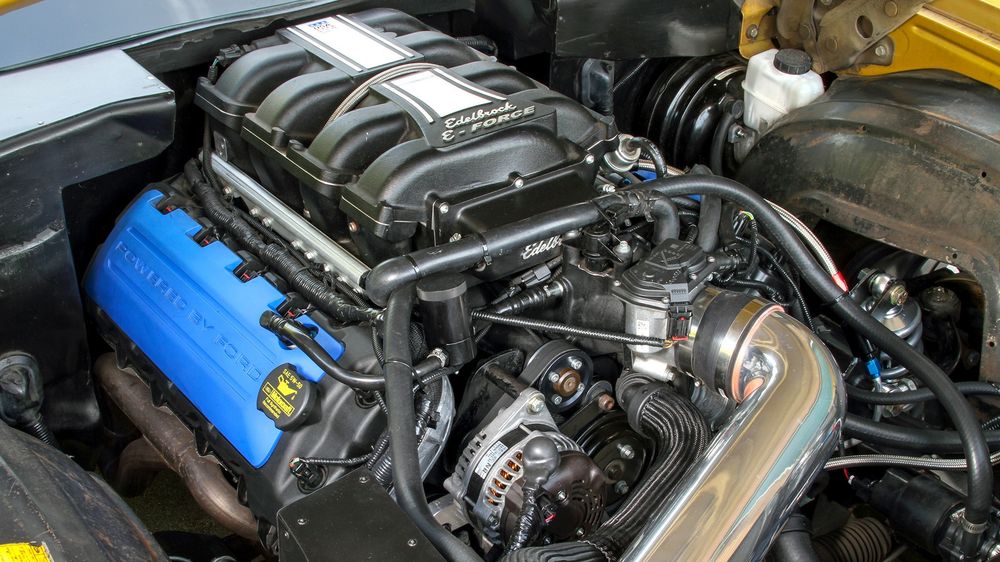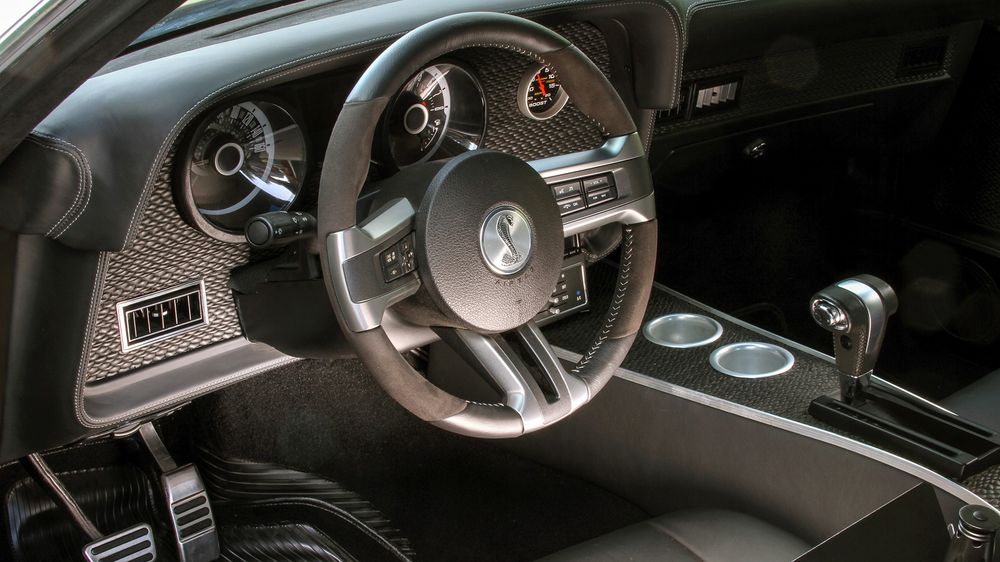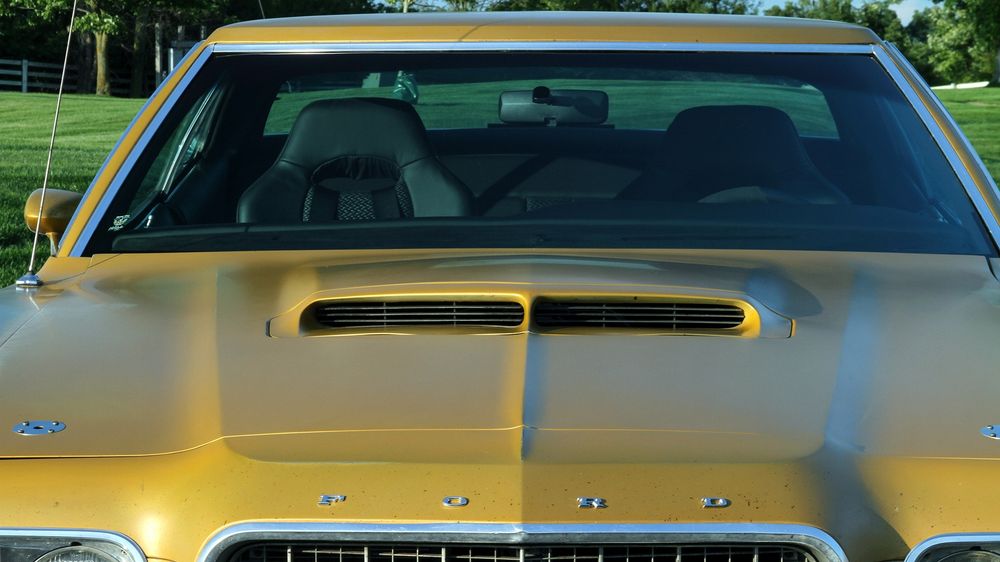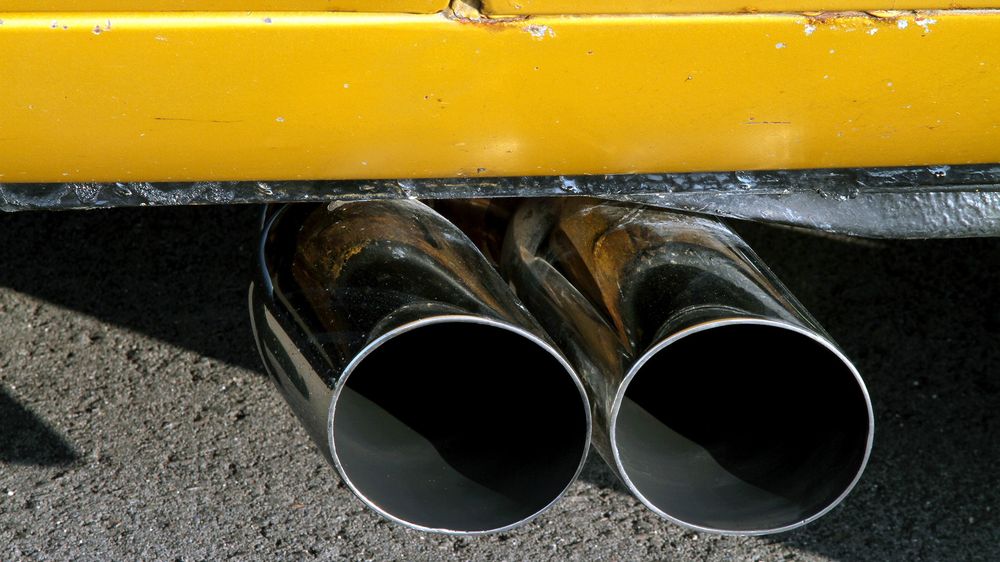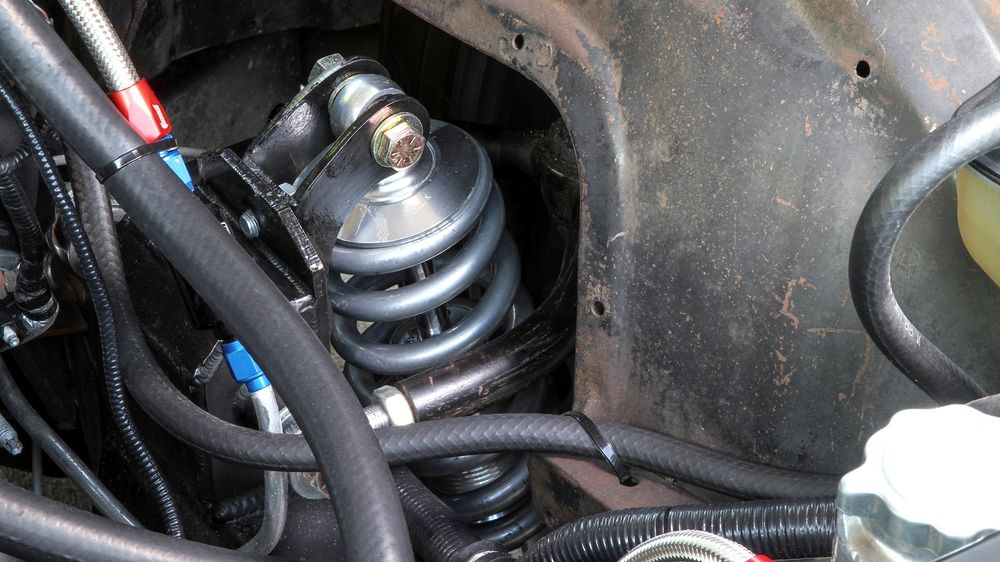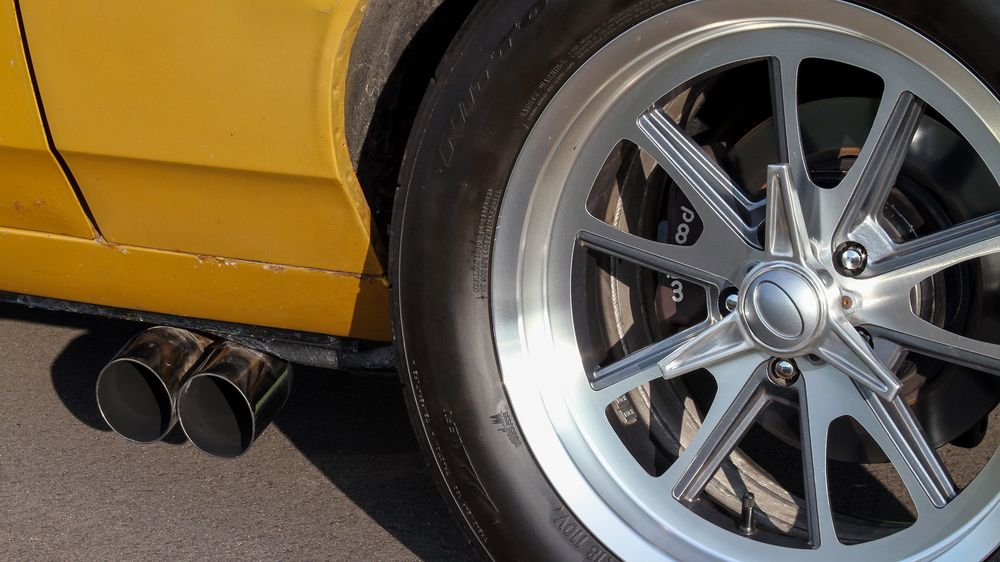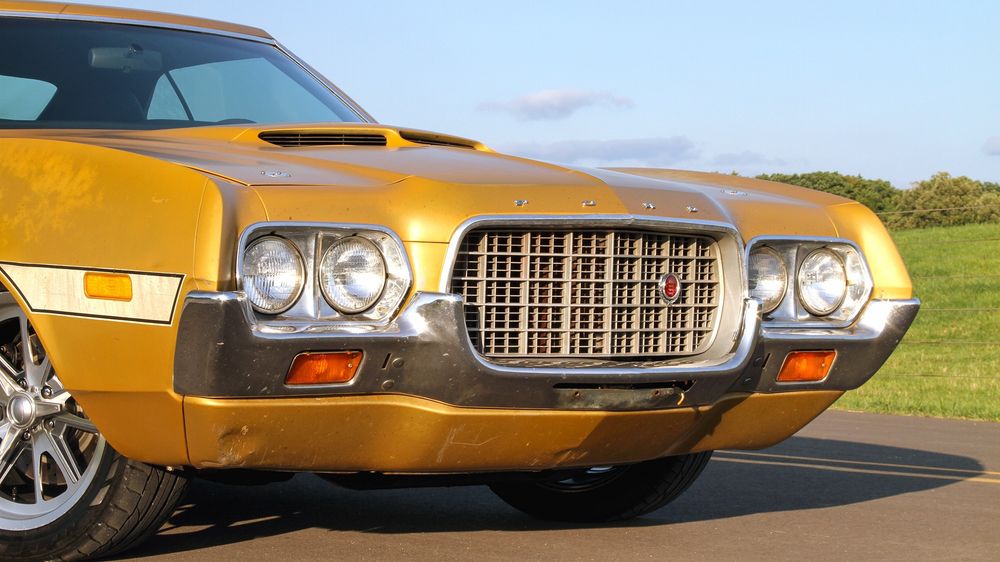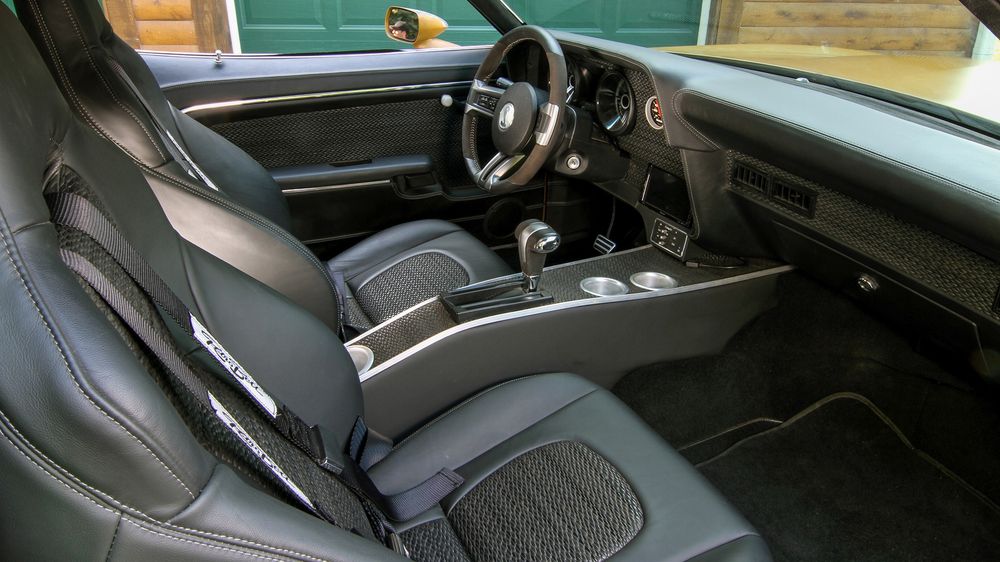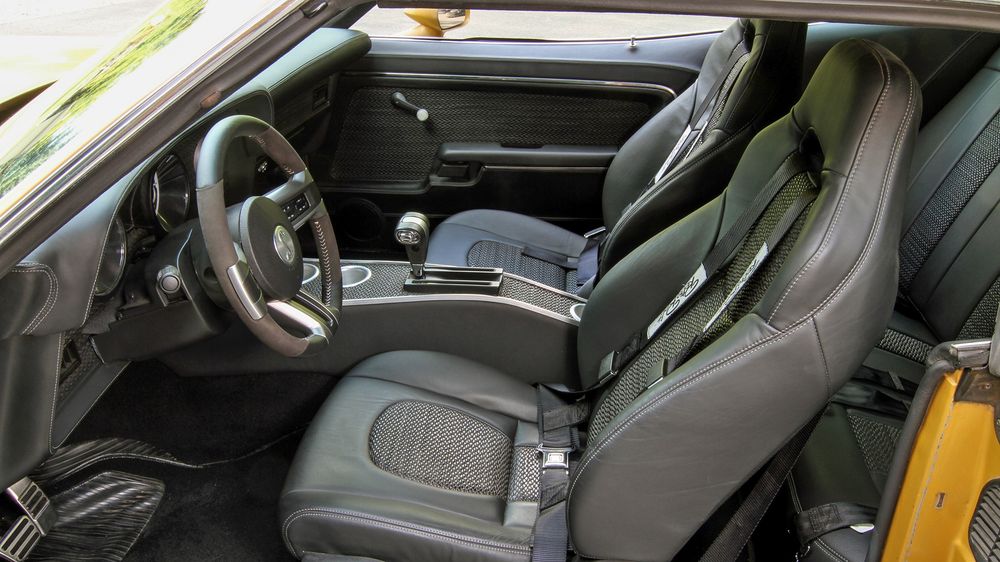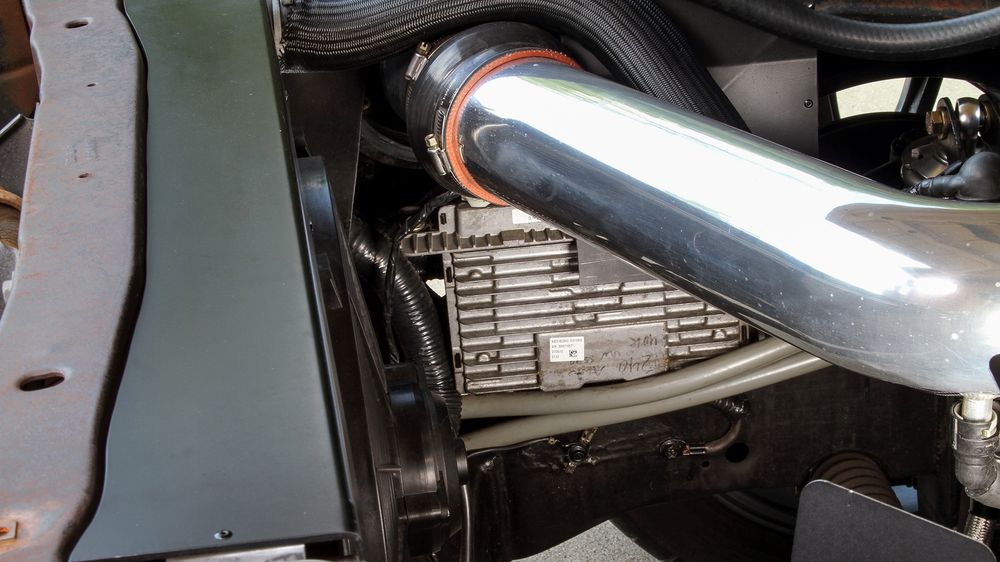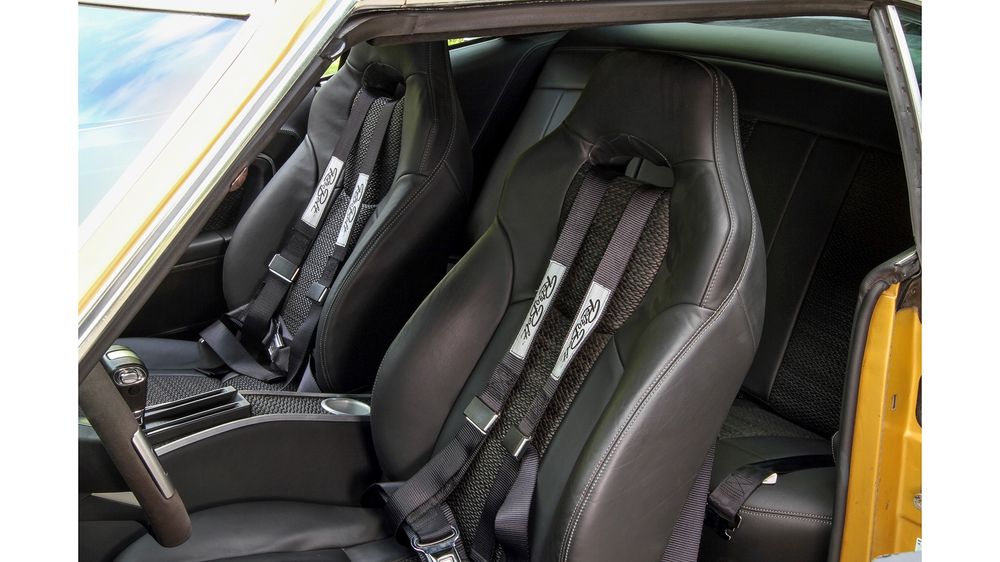Inspired by Silver-Screen Action, This Coyote-Swapped 1972 Ford Gran Torino Was Built to Drive!
A modern drivetrain and technology totally transformed this classy cruiser.
Ever since he completed the build on this Coyote-powered 1972 Gran Torino SportsRoof, it’s been difficult to pry Sean Klein out of it. In fact, he’s put more than 10,000 miles on the car, and the odometer keeps scrolling. “I drive this car everywhere and love every minute of it,” Klein said “It’s been nothing but a good time and an amazing driver.”
AI Quick Summary
Sean Klein transformed a 1972 Ford Gran Torino inspired by "Fast & Furious" with a Coyote engine and modern tech, making it a daily driver. Despite initial hurdles, including engine fitment and show rejections, Klein enjoys the car's unique patina and has driven it over 10,000 miles.
This summary was generated by AI using content from this MotorTrend article
Read Next
0:00 / 0:00
His idea to build the car was inspired by a big-screen Torino, but not the one in the acclaimed Clint Eastwood movie. It was the car driven by baddie Fenix Caldero in 2009’s Fast & Furious, the fourth installment of the blockbuster franchise. The car had only a supporting role in the film and was crashed, but its aesthetic left an impression on Klein. “I loved the look of the car,” he says. “The ’72 Torino SportsRoof was already a great-looking, underappreciated car, but it looked even better in the film, with the unique wheels and side exhaust. I wanted to emulate that look.”
The first hurdle was finding a suitable project vehicle, as ’72 SportsRoof models, with their one-year front-end styling, weren’t exactly plentiful. Ford produced more than 60,000 of them, but you’d never know from the relative few that survived. The sleek fastback body carried on in 1973, but with huge, ungainly 5-mph bumpers. The trimmer, sportier look that was exclusive to 1972 made the car a Blue Oval unicorn.
In early 2016, a ’72 Gran Torino Sport just happened to be in the lot of 12 cars Klein purchased from a family liquidating their collection. It was a Gold Glow 351C-2V car with a C6 three-speed automatic transmission. It wasn’t exactly a show car, with weathered paintwork and a few dings and dents, but it was nevertheless a ’72 Gran Torino Sport, and that was the important thing. “Of the 12 cars I purchased that day, I kept only the Torino and a ’68 International pickup,” he says. “It was really just a fluke that I found out about the cars and purchased them, but it ultimately worked out well.”
Intending to mirror the movie car, Klein got to work fast and furiously, but with some crucial updates. Some elements on the screen version such as the side exhausts were fake, and the engine was a relatively tepid 351 Cleveland. It also had a stock suspension. None of that would do for a restomod intended to deliver a real-world performance punch. “I wanted to build the car the way they should have done it for the movie and also make it a real, take-it-anywhere driver,” he says. “That was going to mean upgrading the powertrain to something more modern—and I didn’t want to hit the highway with a three-speed transmission.”
It was important to keep the car Ford-powered, too, so Klein decided a late-model Mustang’s Coyote engine and six-speed automatic transmission would be, well, a gran idea. “I wanted it all to start up and perform like a late-model vehicle, but wrapped in the Gran Torino body,” he says. “The suspension would have to be done, too, but the important thing was nailing down the powertrain.”
Klein found it in Georgia, at The Parts Farm—a salvage facility specializing in turnkey late-model swap powertrains. For the Torino, it was a 2014 Mustang GT 5.0 DOHC engine that had already been fitted with an Edelbrock Stage II supercharger (with Eaton R2650 TVS guts), a combination estimated at about 620 horsepower. It was paired with a 6R80 six-speed automatic transmission, and the donor car would also give up its instrument cluster, shifter, fuel tank, electrical body harness, pedal set, steering column, and brake booster for the project.
Once the pallet of parts had been delivered to Klein’s Michigan home, it became apparent that squeezing the big Coyote engine into the car wouldn’t be easy. It’s a notoriously wide engine to begin with, but the blower on that one also made it just that much taller. Too tall, in fact, to work with the original hood. “That was a nonstarter for me,” says Klein. “I love the look of the hood with the scoop on it, and there was no way I was going to cut it or use something else. There had to be another way.”
There was: Engine setback. We’re not just talking about an inch or so, either. Klein cut the firewall and floor to shove back the engine approximately 10 inches on the chassis. According to Klein, it took about 10 tries of lowering the body onto the powertrain until all the necessary clearance was achieved. It was a comparatively radical rearward push for the engine, with custom crossmembers, but one that ultimately paid off not only in retaining the original hood, but also in improving the big Ford’s front-to-rear weight balance.
Additionally, the engine’s accessory drive had be carefully configured, including some unique components from Vintage Air to work with the supercharger drive. A custom-fabricated reverse mount for the alternator was installed, along with a custom turnbuckle that helped create a tighter position on the supercharger drive belt to prevent slipping. Klein also raised the car’s floor about 3 inches in order to accommodate a true, functional side-exhaust system. Those changes also required supporting alterations in the cabin, including lower-profile seats from a Subaru WRX, which were restitched, along with the rest of the interior, by Hof Designs.
Channeling the body over the supercharged Coyote was one thing, but making that modern Mustang powertrain and its Copperhead control system run in the vintage wrapper was another big challenge. For that, Klein turned to Tom Frayer at High Voltage Automotive. “I couldn’t have done it without him,” says Klein. “Tom completely dismantled the body harness and rewired for everything required to make the engine not only run in the car, but make sure the transmission shifted properly and that the transplanted gauges worked.”
More than making the instruments operate normally, Frayer made sure most of the late-model convenience features worked, too, from the automatic lighting sensor to the door sensors that trigger the delayed headlamp turn-off when exiting the vehicle. Even all the steering-wheel controls, from the radio functions and scrolling for the driver information details in the gauge cluster to the backup camera and cruise control. To make the transmission function and shift properly, the factory ABS module had to be retained in the body harness. The brake system was plenty stout, too, with the front brakes from a 1993 Mustang Cobra R, featuring 13-inch rotors, and the rears composed of Wilwood discs paired with four-piston calipers. The front brakes were attached to Street Rod Engineering’s Mustang II–based Hub to Hub independent front suspension system, with tubular control arms and power rack-and-pinion steering. It features 2-inch-dropped spindles, which contribute to the Torino’s aggressive stance. At the rear, the suspension was redone with coilovers and adjustable lower control arms. They located a Moser-built 9-inch featuring 31-spline axles and a 3.70-geared Auburn limited-slip differential, while a custom driveshaft links it to the supercharged Coyote mill, which puts more than 500 horsepower to the rear wheels.
Speaking of the wheels, Klein also emulated those from the movie car, using 18-inch Coy C67 Gunmetal wheels with the rears custom-widened to 10 inches to fill out the rear fenders. All were wrapped with Nitto rubber. When all the nuts and bolts were finally tightened and all the electrical connections soldered, Klein turned to the body, which he intended to have repainted the deep green like the Fast & Furious movie car. “I was talked out of it, and that was probably for the best,” says Klein. “The patina trend was catching on as I built the car, and the Torino just seemed to have the right look with it, including the Laser stripes, so I left the original finish alone.”
That popular unrestored appearance nevertheless stranded him in car show limbo when he submitted the Torino for entry in the Detroit Autorama. Because it had the original paint, Klein originally aimed for the show’s “Extreme” display, aka the basement, which is traditionally the domain of traditional-style hot rods and other creations that didn’t spend any time in a paint booth. He was rejected. “It was too new for the basement display,” he says. “So, I resubmitted the entry for the main floor but was rejected again because they said the original hood was just too rusty. It wasn’t a high-enough-caliber look, they told me.” In a fast and furious search, Klein located another, less corroded hood and had it repainted by Lenny’s Auto Repair, in Ubly, Michigan, to match the patina of the rest of the unrestored body. That was good enough for the Autorama standards, but they made sure the car was tucked in the middle of a row and not in a more prominent location. “That was fine,” Klein says, with a laugh. “To be honest, the car drew more attention than just about all the other cars around it, so the location didn’t really matter.”
Ironically, we had no trouble finding the car, and it was at the Autorama that we discovered the car. The weathered Gold Glow paintwork and Laser stripes stood out, even without a mile-deep shine, while the well-executed Coyote swap, with its significant engine setback, held our attention—and the fact Klein drives it, like, all the time, was also much more impressive than 200 hours of color-sanding and polishing. “The bottom line is it’s a daily driver, so there’s no need to worry about a show-quality paint job,” says Klein. “Like I said before, I drive it everywhere and love every minute of it. I wouldn’t change a thing with it.” In fact, Klein has put nearly 10,000 miles on the car since he built it. That’s true star quality.
